Holden Monaro: HK GTS 327/HRT 427 prototype
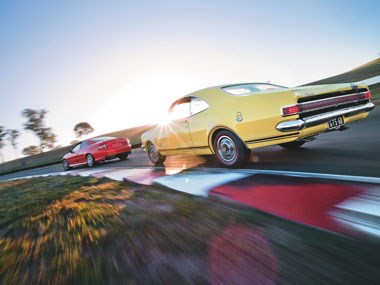 Holden Monaro 40th Anniversary
Holden Monaro 40th Anniversary

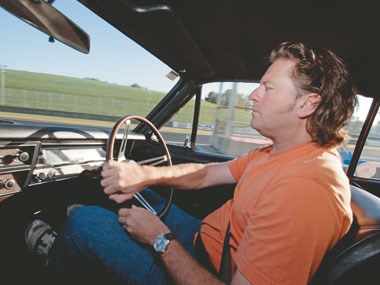 Holden Monaro 40th Anniversary
Holden Monaro 40th Anniversary

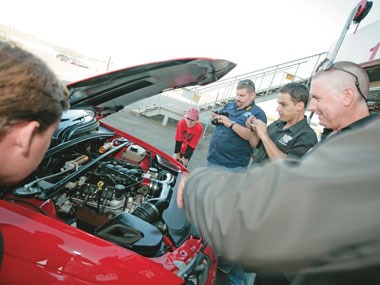 Holden Monaro 40th Anniversary
Holden Monaro 40th Anniversary

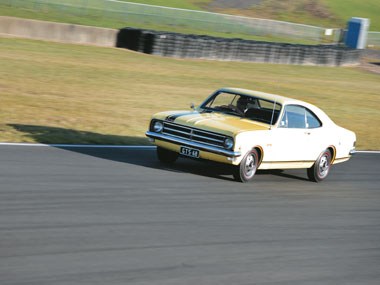 Holden Monaro 40th Anniversary
Holden Monaro 40th Anniversary

 Holden Monaro 40th Anniversary
Holden Monaro 40th Anniversary

 Holden Monaro 40th Anniversary
Holden Monaro 40th Anniversary
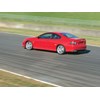
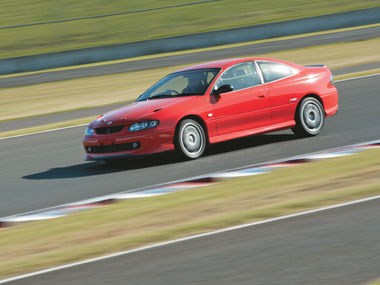 Holden Monaro 40th Anniversary
Holden Monaro 40th Anniversary

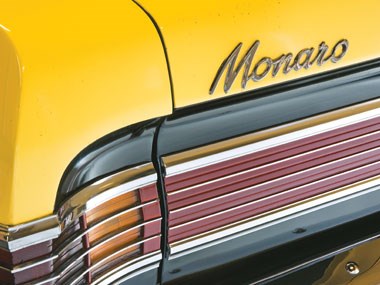 Holden Monaro 40th Anniversary
Holden Monaro 40th Anniversary

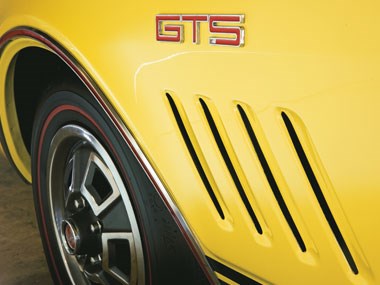 Holden Monaro 40th Anniversary
Holden Monaro 40th Anniversary

 Holden Monaro 40th Anniversary
Holden Monaro 40th Anniversary

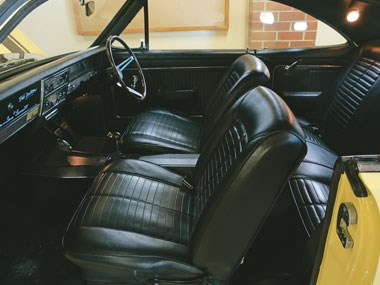 Holden Monaro 40th Anniversary
Holden Monaro 40th Anniversary

 Holden Monaro 40th Anniversary
Holden Monaro 40th Anniversary

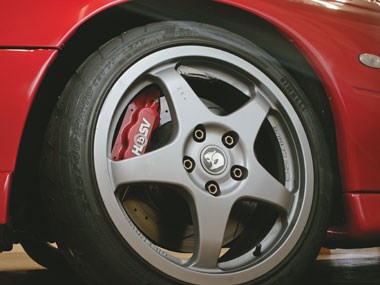 Holden Monaro 40th Anniversary
Holden Monaro 40th Anniversary

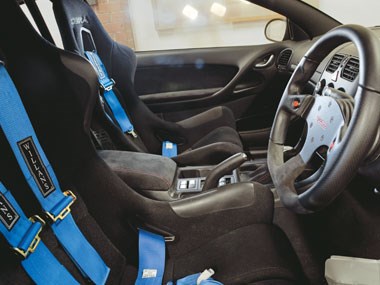 Holden Monaro 40th Anniversary
Holden Monaro 40th Anniversary


|
|
Holden Monaro 40th Anniversary
|

|
|
Holden Monaro 40th Anniversary
|

|
|
Holden Monaro 40th Anniversary
|

|
|
Holden Monaro 40th Anniversary
|

|
|
Holden Monaro 40th Anniversary
|

|
|
Holden Monaro 40th Anniversary
|

|
|
Holden Monaro 40th Anniversary
|

|
|
Holden Monaro 40th Anniversary
|

|
|
Holden Monaro 40th Anniversary
|

|
|
Holden Monaro 40th Anniversary
|

|
|
Holden Monaro 40th Anniversary
|

|
|
Holden Monaro 40th Anniversary
|

|
|
Holden Monaro 40th Anniversary
|

|
|
Holden Monaro 40th Anniversary
|
Twin peaks: Monaro 40th anniversary. One became a legend, the other was killed off before it could become one...

|
|
Holden Monaro 40th Anniversary
|
HK GTS 327/HRT 427 prototype
[April 2008] We like to think the phenomenon of the Holden Monaro was some kind of Head Office masterstroke; a daring move made up of equal parts genius and vision. The reality is slightly different.
While there's no doubt the original Monaro was beautifully conceived and executed, the impetus for the sexy two-door was a classic case of a car-maker playing catch-up.
With Ford already filling its showrooms with V8-powered Falcons and the annual Bathurst classic looming, Holden knew it needed a big stick to whup those pesky GTs. And it needed it fast.
But rather than simply re-power its Kingswood line-up with a beefy engine, Holden looked to the US - where factory performance cars used tough-looking coupe bodies - and sketched up a home-brewed two-door muscle car; the HK Monaro.
And that, believe it or not, was 40 years ago this year.
That the Monaro went on to win Bathurst and create its own legend is now a matter of history. But it's also true that the original Monaro also began the process that would see Holden become more or less the default setting for home-grown muscle - even today.
The other car on these pages is the legend that never was. Killed off by a jittery Holden before production could begin, the HRT 427 would have been the fastest ever Holden with a reported top speed of 299km/h.
However, like the fabled Phase IV Falcon GTHO that never reached production (four examples were built) the HRT 427 did see the light of day in prototype form.
Three race-cars were built (one of which won the 2002 and 2003 Bathurst 24-hour race against Porsches and all comers) and two road-car versions also escaped the crusher.
And this is one of them. The second road car, still owned by Holden, is slightly different and is the one photographed by magazines all over the world. There is, however, some speculation that the magazine car was either a non-runner or had a standard Holden engine fitted.
But the car you see here is the real McCoy. From its 7.0-litre engine to its fabricated, race-car suspension, it's the full enchilada, and Unique Cars was lucky - no, dammit, privileged - enough to drive it recently at Eastern Creek raceway.
And since we had the Bathurst homologation HK Monaro, the GTS 327, along for the day, it made sense to drive them back-to-back and see just where four decades has gone…
OLD GIRL
Getting into the HK is easy. Those big doors open wide and there's not much sill to step over. The dashboard is the big, '60s Americana strip-type and whoever thought that mounting the tachometer on the centre console was a good idea had it all wrong. The black vinyl seats are soft and slippery and seem a perfect match for the skinny-rimmed, fake-wood steering wheel.
Fire up the 327 and there's a chesty burble even though this car has a genuine Nasco (Holden's parts and accessories division back then) exhaust system fitted.
Push in the heavy clutch and the gearbox feels awful with a stiff, clunky action and the sensation that the shifter may or may not be actually connected to anything down there. But you can forget all that as you slide the clutch home and the big two-door marches off down pit row. Second gear is equally stiff to select, but that motor just keeps on keeping on.
While many Chevy fans link the 350ci engine to the Second Coming, some purists reckon the harder revving 327 is the pick of them. And based on this car, they could be right. The new owner, Chris Tzortzis, certainly agrees. Chris is a director of specialist retailer Australian Muscle Car Sales so the Monaro is a showpiece for the company and is a previous concours-winning car.
The power comes on pretty strong from virtually idle and builds sweetly until, at about 5000rpm, the 327 is making very swift progress. The fly in the ointment is that damn gearbox. The three-four shift isn't actually too bad, but downshifts are a lottery, particularly when trying to find second from third.
The pedals are set up all wrong for heel-toe shifts, too, so bungling the whole process is a very real possibility. Hopefully, the car's owner can't hear me rummaging around in his gearbox as I botch the entry into turn 12.
The other big limiting factor with this car is its tyres. Crossplies were never a great tyre for race tracks and since these ones have had a few birthdays, they're pretty hard. Mind you, they look the part with their red stripe and there's no doubt they contribute to the ride quality, but a performance hoop they are not.
Then again, because they put their hands in the air so quickly, they also give you lots of warning. Any slide begins with a small, easy-to-detect sniffle of noise that will grow into a proper yowl if you persist. But the smart thing to do is feather the throttle at that point and live with the fact that you've reached the limit.
The biggest surprise is that the HK is neither a rabid understeerer or a chronic tail-wagger. It's actually very neutral and can be drifted ever so gently with a fair degree of confidence. None of which is to suggest that it's an easy car to drive, because it's not. Well, not quickly, anyway.
The steering loads up in turns, the body roll hurls you at the doors and the seats offer absolutely nothing in the way of either support or location. The brakes feel good, though, without too much assistance, but how they'd be after a few hot laps is anybody's guess.
Which brings us to the subject of the blokes who raced these things back in the 1960s. 'Hero' is a word that's thrown around a lot these days, but if ever it was justified, it's for those guys.
COODABEEN CHAMPION
Maybe it requires less heroism to drive, but the HRT 427 Monaro represents what might have been. After announcing that it would build the 427 with a price-tag of somewhere around $215,000, Holden then did an about-face and canned the project.
The official line was that the car would have wound up being priced way above that figure and in the euphoria surrounding the 427, Holden simply did its sums incorrectly.
That may be true, but the conspiracy theorists out there suggest that a company that had been building and pricing cars since 1948 wouldn't have made such a fundamental gaff.
They further argue that either Holden got cold feet at the thought of unleashing 420kW cars on the public or the government stepped in to suggest that should the 427 reach production; police cars might suddenly start bearing the Ford badge exclusively.
Who knows what the truth is, and does it matter? Because all we can tell you is that the 427's demise robbed us of a truly great car. Although it's the genuine article, this car didn't start life as an HRT 427. As a prototype, it was converted by HSV to 427 specification from a standard CV8 Monaro.
The interior is dominated by the half roll-cage and stripped-out finish. The dashboard is a digital unit plumbed into the stock Monaro crash-pad and there are a variety of buttons, switches and other race car bits and pieces scattered about everywhere.
The Cobra seats hold you firmly in place and the Willans harnesses clack together with a reassuring, precise noise.
It's hardcore underneath, too. The standard Commodore/Monaro McPherson strut front-end has given way to a one-off double-wishbone set-up and the brakes are monster AP Racing discs and calipers.
The boot is almost completely taken up by the fuel system which consists of a foam-filled tank and a team of electric pumps and regulators.
The underbonnet is not pretty, but the alloy catch-cans, strut braces and bonnet pins tell the story, as do the remote reservoirs and adjusters for the race dampers.
Outside, this car's prototype status is obvious. The carbonfibre bonnet is lumpy and poorly made and the panel fit everywhere else is horrendous. But who cares when a prod on the big, red, Fisher-Price starter button spins seven litres worth of metal and oil and the electronic ignition sets fire to the incoming mixture with an almighty roar.
Suddenly, the 427 - lifted from the US-spec Chevrolet Corvette C5-R - is alive and writhing about under you, but you need to keep working at it or the fire goes out with a too-low idle speed the main suspect. The stock-looking gearshift uses a super-small throw with gates that are very close together. Snagging fifth when you wanted third is a real possibility.
But for now just getting out of the pits requires concentration as the Monaro has a light flywheel and a fairly sudden clutch that also takes up almost at the upper end of the pedal's travel. While the GTS 327 certainly felt fit as you left the pits, dropping the hammer in the 427 reveals a steroid-fed muscle-man.
Those 420kW plant you back in the race seat and before you've had time to blink, first gear is used up. Second slots home nicely, you carefully guide it into third and fourth is a cinch. And all the time there's no appreciable let-up in the rate of acceleration.
While the HK Monaro used a four-speed 'box because that was what was available at the time, the 427 could also easily get away with but four ratios, such is the torque on tap at virtually any engine speed. As it is, though, the 427 uses a hand-built Tremec six-speed modified to Holden's own specification and backed up by a twin-plate clutch.
And the more you look, the more you see. In race car tradition, for instance, the engine is dry-sumped with the lubricant held in a remote tank (rather than the sump) until it's pumped through the bearings. It's not just a Corvette motor either; it contains all the 'right' Chevy part numbers, roller rockers and the cylinder heads have been 'tidied up' according to previous owner, Sydneysider Mike Turner.
In fact, the car very recently changed hands via Sydney's Classic Throttle Shop for $920,000, a figure that shatters any previous record for a Holden. The new owner is Queensland-based enthusiast, Shawn Ryan who also owns one of the Garry Rogers Motorsport-prepared race versions as part of a 20-strong Monaro collection.
TWO OF A KIND
Driving this pair back to back, it's very easy to see where four decades have gone. The old car is huge fun and a real grin-maker, but ultimately its limits are much, much lower thanks to a distinct lack of grip and the need to muscle it around. Had it the later car's lighter controls and vastly superior traction, it might be a different story, because it certainly has plenty of engine and inherent balance.
Meanwhile, as race cars go, the HRT 427 in this trim could have held its own. As a road car, it would have been a world beater. In fact, the HRT 427's demise is as much a tragedy as the HK 327's achievements are a success.
It all seems so crazy that something as wonderful as the 427 could have got so close to reality and then been binned, even though Holden must have known it had the potential to be as culturally significant as the original HK GTS.
Maybe we haven't come so far in 40 years after all.
SPECIFICATIONS
1968 Holden Monaro HK GTS 327/2002 HRT 427 prototype
BODY: two-door coupe
WEIGHT: 1488kg/1400kg
ENGINE: 327ci (5.4-litre) V8/427ci (7.0-litre) V8
DRIVELINE: front engine, RWD
TRANSMISSION: four-speed/six-speed manual
POWER/TORQUE: 186kW, 438Nm/420kW, 780Nm
PERFORMANCE: 0-400m - 16.5secs (GTS)
0-100km/h: - 3.7secs (427)
VALUE: $315,000//$920,000
Unique Cars magazine Value Guides
Sell your car for free right here
Get your monthly fix of news, reviews and stories on the greatest cars and minds in the automotive world.
Subscribe

.jpg)




.jpg)




.jpg)

